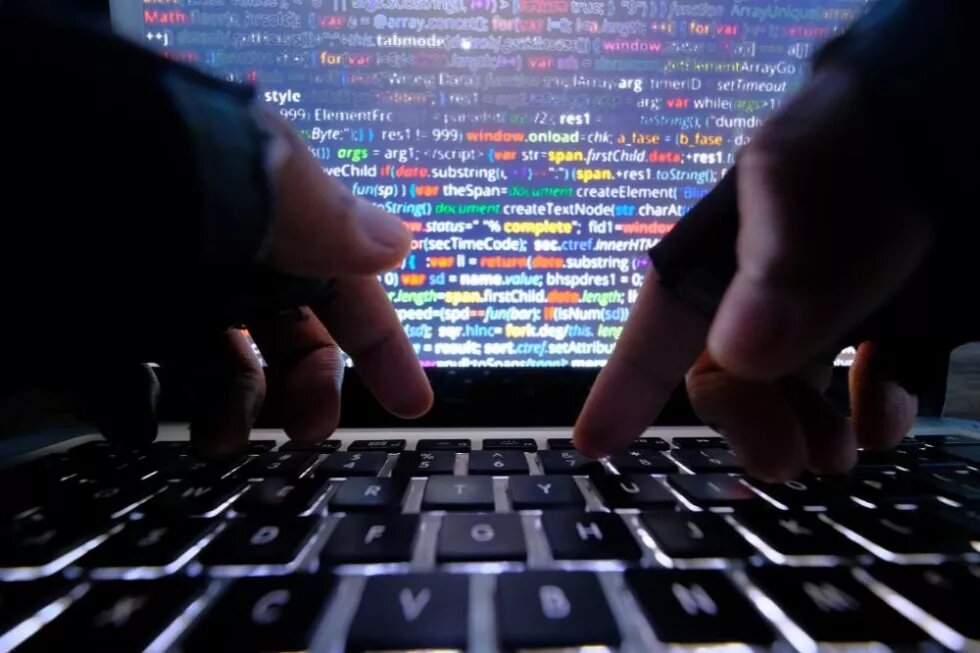How cyber army, digital diplomacy and social media work in Ukraine during the full-scale war. Leaflet was originally developed and published within the project Sharethetruths.org, supported by Heinrich Boell Foundation.

1. Unified digital crowdfunding
Ukraine is the first sovereign state to raise money for military action through digital crowdfunding. As of March 3, 2022, more than $ 53 million has been raised in cryptocurrencies since the Government had called for donations in cryptocurrencies to support Ukraine. According to Crystal Blockchain Analytics, this is the largest amount raised through cryptocurrency donations in history. 69% of the funds went on supporting the Ukrainian army, and the rest on humanitarian needs and general support of our country. On March 14, the Ministry of Digital Transformation of Ukraine together with Everstake, a blockchain company, and a cryptocurrency exchange FTX launched the official website for crypto donations Aid For Ukraine. This initiative was launched to raise funds for cyber defense, creating Russian counterpropaganda and providing technical assistance to Ukrainian army.
2. Cyber army
Ukraine has taken resistance to cyberspace. IT army of Ukraine is a self-organized volunteer movement, which continuously engages developers to join the “IT army” tasked with specific cyber challenges. The IT Army brought together more than 400,000 volunteers from IT and non-IT backgrounds and has carried out numerous successful cyberattacks taking out more than 25 Russian governmental services portal and popular Russian propaganda media on February 26th. More than 50 DDoS-attacks coordinated by the IT army come close to over one terabyte overall capacity.
3. Digital diplomacy
Mykhailo Fedorov, the Minister of Digital Transformation of Ukraine, is actively using his Twitter account along with official communication channels to publicly interact with tech leaders and call tech companies to pull out of the Russian market. He tweeted pleas to Apple and Tim Cook to block App Store access in Russia; to Google and its CEO Sundar Pichai, along with YouTube and its CEO Susan Wojcicki to deplatform Russian state media; to Cloudflare and its CEO Matthew Prince to block Russia’s access to its services; and to Meta and Mark Zuckerberg to block access to Facebook and Instagram in Russia. In another tweet, Fedorov struck a deal with Elon Musk to bring Starlink satellites to Ukraine and give Ukrainians access to top-notch broadband internet technology.
4. NATO CCDCOE
According to a recent announcement, NATO Cooperative Cyber Defense Center of Excellence (CCDCOE) is ready to accept Ukraine as a Contributing Participant. The CCDCOE is a NATO-accredited cyber knowledge hub, research institution, and training and exercise facility. Ukraine’s presence in the Center will enhance the exchange of cyber expertise and bring valuable first-hand knowledge of several adversaries within the cyber domain to be used for research, exercises and training.
5. VPN services
The largest VPN services responded to the request of the cyber police to stop cooperating with the aggressor. In total, more than ten VPN-services provide assistance to cyber police, preventing DDoS-attacks on Ukrainian web resources. In addition, they donate part of their proceeds to the needs of the Ukrainian army.
6. Social media
Ukraine has been one of those unique cases when a voluntary IT army was gathered to join the overall military efforts. Moreover, it has been officially acknowledged by the government. Online public opinion, real-time coverage of the Russian aggression, user-generated images and videos of Russian crimes in Ukraine, call-to-actions in social media to tech leaders and politicians together with swift diplomatic consultations helped elicit a strong, rapid international response to ongoing war crisis. Social media posts have also become a powerful tool, helping Ukrainians share videos and intelligence about the codes of Russian saboteurs and persecute the Russian military. Posts, photos, videos and streams on social media help document the modern history of Ukrainian resistance to Russian occupants.
7. Google supports people of Ukraine
The tech giant has allocated $15 million to help Ukraine as direct grants and advertising loans. SOS alerts have been showing on Google Search throughout Ukraine. UN resources for IDPs come up first for search queries related to evacuation. Some features of Google Maps in Ukraine have been disabled to ensure the safety of citizens. Ukrainian Google accounts have been granted enhanced security. Google contributes to fighting the media spreading propaganda and disinformation. The company granted free DDoS-protection to Ukrainian government websites, Ukrainian embassies worldwide and other governments in proximity to the war zone, so they continue to provide uninterrupted and secure services. Google integrated Air Raid Alerts into Android phones in Ukraine. Prior to this, Google Play listed the Air Raid Alarm (Повітряна тривога) application, created by Ukrainian developers in cooperation with the government, in its top ranking.